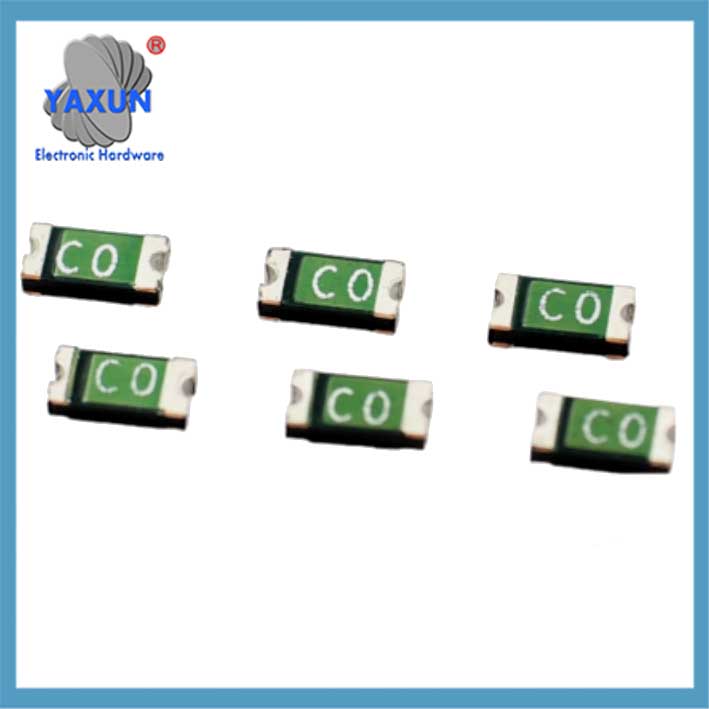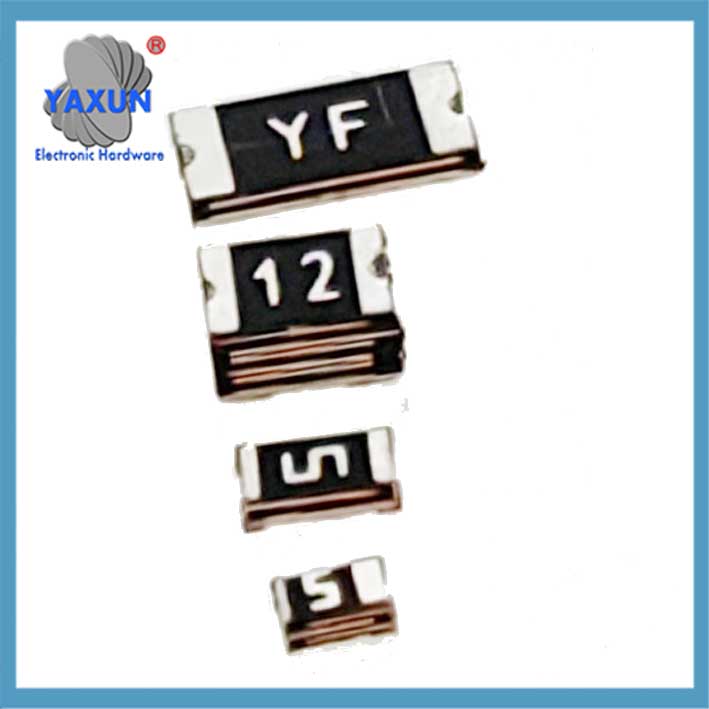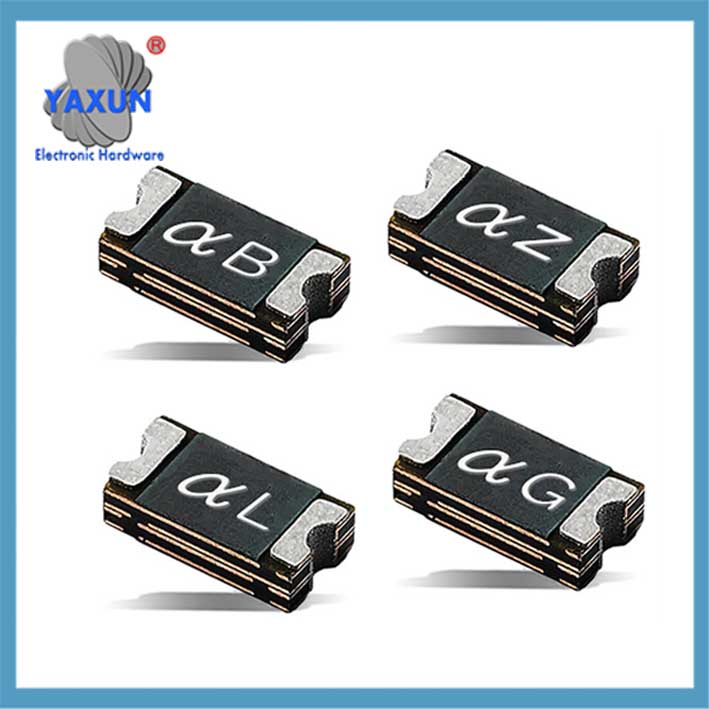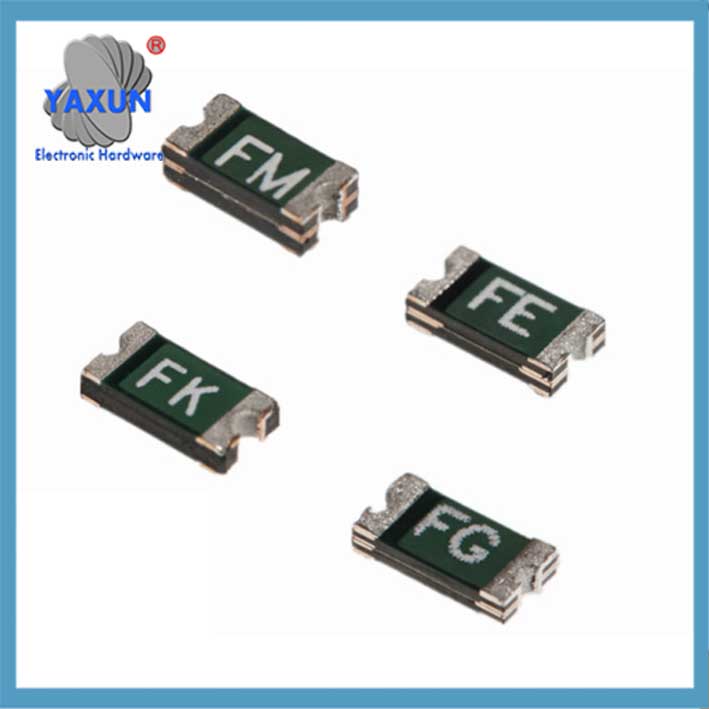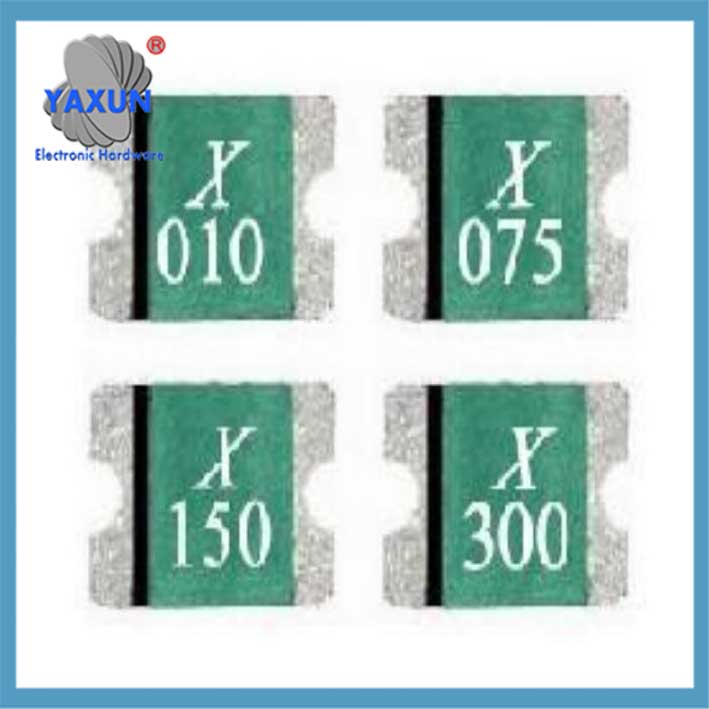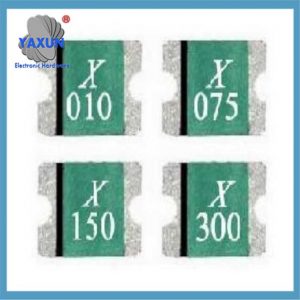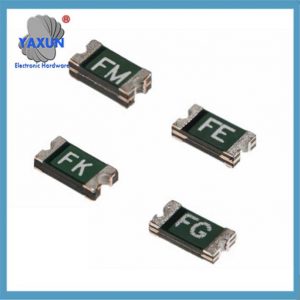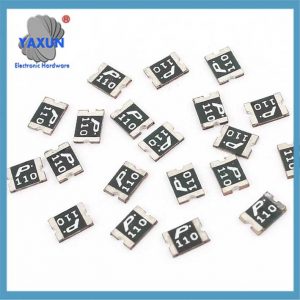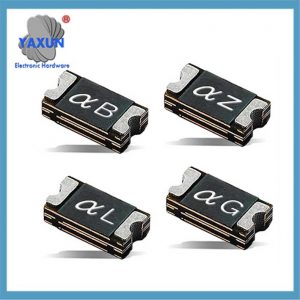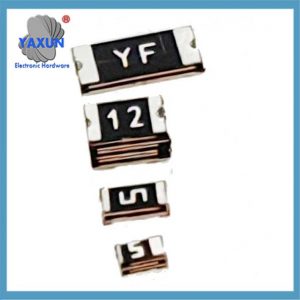catégories de produits
- fusion thermique 32
- fusibles à montage en surface 12
- thermistance 36
- Porte-fusible à montage sur circuit imprimé 27
- Faisceau de câblage 6
- Porte-fusibles à lame 17
- thermostat 50
- Fusible électrique 24
- Capteur de température automobile 7
- Disjoncteur thermique 22
- Porte-boîte à fusibles 36
- Capteur de température 75
- Interrupteur thermique 68
- Fusible de voiture 20
- Fusibles boulonnés 8
Mots clés du produit
Fonctions et applications des fusibles de puce réinitidables
Fusibles de puces réinitidables, également connu sous le nom de PTC (Coefficient de température positif) Fusibles réinitidables ou PPTC (Coefficient de température positive polymère) dispositifs, sont des composants de protection de circuit qui se réinitialisent automatiquement après une condition de défaut. Ils protègent contre les situations de surintensité et de trop température, Offrir une solution d'auto-respect qui améliore la fiabilité et réduit les temps d'arrêt dans diverses applications.
Fusibles de puces réinitidables (PPTC) sont des composants de protection contre les surintensités basés sur les caractéristiques des coefficients de température positive des polymères. Ils ont une fonction de réinitialisation automatique et sont largement utilisés dans la protection des circuits de l'équipement électronique. Voici ses points de base:
1. Structure et principe de travail
composition de la matériaux
Il est composé de résines polymères spécialement traitées (comme les polymères PE) et particules conductrices (carbone noir ou particules métalliques). Dans des conditions normales, Les particules conductrices forment un chemin de faible résistance (0.1-plusieurs ohms). mécanisme de protection
Lorsque la surintensité se produit, L'effet thermique du courant fait fondre la résine et se développer, le réseau conducteur à casser, et la résistance augmente soudainement à un état de forte résistance (jusqu'à megohms), limiter le courant aux microampères. après le défaut est résolu, Les particules conductrices se refroidissent et rétrécissent, reconnecter, et restaurer l'état de faible résistance sans remplacement manuel.
Protection contre les surintensités:
Les fusibles réinstables limitent le flux de courant excessif dans un circuit, Prévenir les dommages aux composants sensibles pendant les courts circuits ou les conditions de surcharge.
Protection contre la température:
Ils peuvent également sentir et répondre à des températures excessives, trébucher à un état de forte résistance pour éviter la surchauffe et les dommages potentiels.
Auto-respect:
Contrairement aux fusibles traditionnels, Les fusibles réinitidables retournent automatiquement à leur état de faible résistance une fois que la condition de défaut est supprimée et que la température ou le courant chute en dessous du point de déclenchement.
2. Paramètres et caractéristiques clés
| Paramètres | Description |
|---|---|
| Responsable du courant | Courant maximum pour maintenir la non-action (par exemple. 0.05-3A pour 0805 emballer) |
| Action Current | Courant à l'état d'équilibre minimum pour déclencher une protection (généralement 2 fois le courant de maintien) |
| avec tension | Valeur typique 16-60v, La valeur de tension de traitance diminuera à haute température |
| Temps de réponse | La surcharge peut être déclenchée en millisecondes, qui est lié au multiple de surcharge actuel |
3. Scénarios d'application typiques
Électronique grand public:
Largement utilisé dans les smartphones, ordinateurs portables, Téléviseurs, et d'autres appareils électroniques à protéger contre les surintensités et les problèmes de sur-température.
Alimentation électrique:
Fournir une protection fiable pour les alimentations dans divers appareils et systèmes, Empêcher les dommages des courts circuits ou un tirage au courant excessif.
Électronique automobile:
Utilisé dans les voitures pour protéger l'électronique du tableau de bord, modules de contrôle, et les systèmes de divertissement de surintensités.
Télécommunications:
Protège les routeurs, commutateurs, et d'autres dispositifs de communication des dommages causés par des surintensités, Assurer une connectivité ininterrompue.
Systèmes de contrôle industriel:
Panneaux de commande électroniques de sauvegarde, API (Contrôleurs logiques programmables), et d'autres composants critiques en milieu industriel.
Applications aérospatiales et nucléaires:
Offrir une protection fiable dans les environnements où le remplacement des fusibles est difficile ou peu pratique.
Dispositifs médicaux:
Peut être trouvé dans certains dispositifs médicaux, Assurer la sécurité et la fiabilité des équipements médicaux critiques.
Systèmes audio:
Protège les haut-parleurs, Surtout les tweeters, des dommages dus à la surdiction.
4. Considérations de sélection
correspondance actuelle: Le courant de maintenance doit être 1.25 temps supérieur au courant de fonctionnement maximal du circuit;
Sélection de package: Sélectionner 0402/0603 et d'autres tailles selon l'espace PCB, et 1812/2920 L'emballage est requis pour les scénarios actuels élevés;
Adaptabilité environnementale: L'utilisation actuelle doit être réduite dans des environnements à haute température pour éviter les faux déclencheurs.
5. Tendances de développement technologique
Optimisation de la matériau: Les nouveaux matériaux nano-composites améliorent la vitesse de réponse et la résistance à la pression.
Structural Innovation: Par exemple, Electronique Yaxun’ Les composants de patch réglables conviennent à différentes dispositions de circuits.
Si vous avez besoin d'une norme de test, Vous pouvez vous référer à l'environnement de 25 ° C pour vérifier le courant de maintenance (Aucune action pour 15 minutes) et courant d'action (déclencher à l'intérieur 5 minutes) et d'autres indicateurs.
Avantages par rapport aux fusibles traditionnels:
Auto-respect:
Élimine le besoin de remplacement manuel du fusible, Réduire les coûts des temps d'arrêt et de l'entretien.
Taille compacte:
Les fusibles réinitialisés sont souvent plus petits que les fusibles traditionnels, les rendre plus faciles à intégrer dans des appareils électroniques compacts.
Durée de vie plus longue:
Capable de résister à de nombreux événements de surintensité, conduisant à une durée de vie globale plus longue par rapport aux fusibles traditionnels.
Pas d'arc:
Les fusibles réinitialisés ne produisent pas d'étincelles ou d'arcs pendant une faute, Amélioration de la sécurité.
Contactez-nous
En attente de votre email, nous vous répondrons dans les 12 heures avec des informations précieuses dont vous aviez besoin.
 English
English Afrikaans
Afrikaans العربية
العربية বাংলা
বাংলা bosanski jezik
bosanski jezik Български
Български Català
Català 粤语
粤语 中文(简体)
中文(简体) 中文(漢字)
中文(漢字) Hrvatski
Hrvatski Čeština
Čeština Nederlands
Nederlands Eesti keel
Eesti keel Suomi
Suomi Français
Français Deutsch
Deutsch Ελληνικά
Ελληνικά हिन्दी; हिंदी
हिन्दी; हिंदी Magyar
Magyar Bahasa Indonesia
Bahasa Indonesia Italiano
Italiano 日本語
日本語 한국어
한국어 Latviešu valoda
Latviešu valoda Lietuvių kalba
Lietuvių kalba македонски јазик
македонски јазик Bahasa Melayu
Bahasa Melayu Norsk
Norsk پارسی
پارسی Polski
Polski Português
Português Română
Română Русский
Русский Cрпски језик
Cрпски језик Slovenčina
Slovenčina Slovenščina
Slovenščina Español
Español Svenska
Svenska ภาษาไทย
ภาษาไทย Türkçe
Türkçe Українська
Українська اردو
اردو Tiếng Việt
Tiếng Việt
